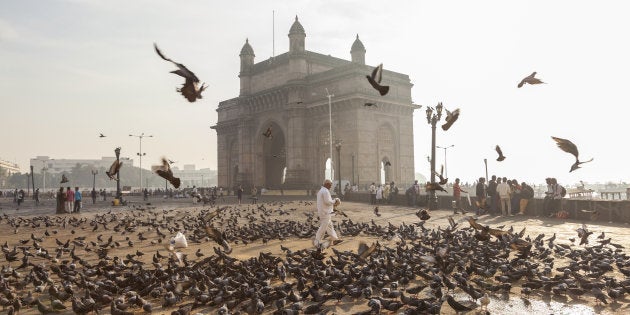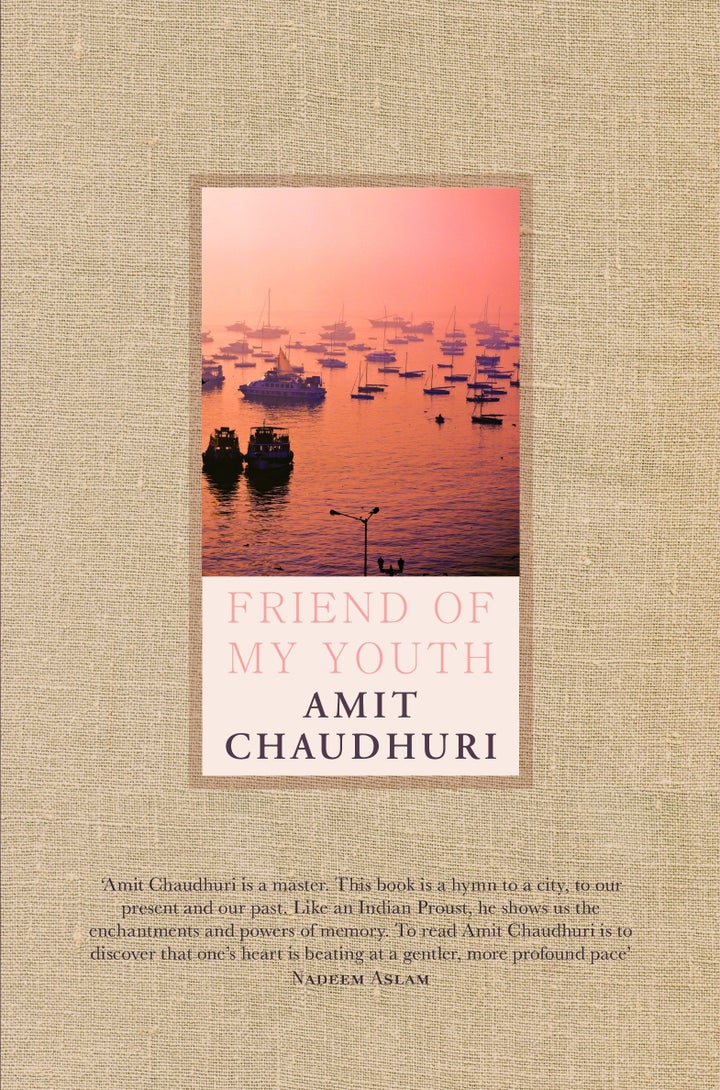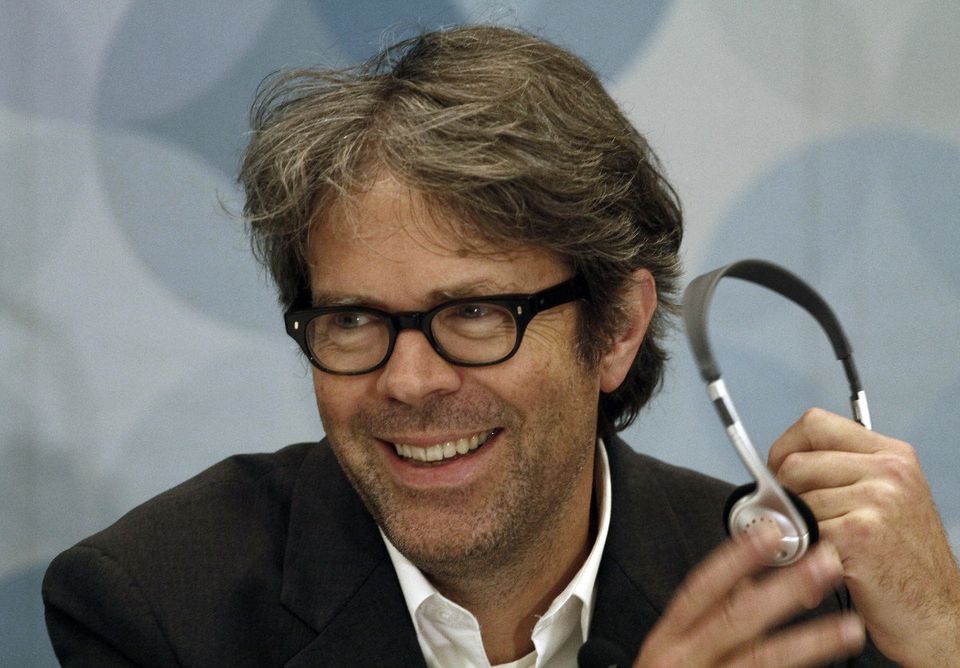
"I feel no nostalgia," says the narrator of Amit Chaudhuri's new book, Friend of My Youth, about Bombay, the city he grew up in decades ago and now visits only occasionally. "What I encounter is an impossibility," he continues, "of recovering whatever it was that formed me, which I churlishly disowned."
The sentiment, crisp and unsparing, defines the mood of this odd literary creature. One hesitates to call it a novel, since Chaudhuri's narrator, a writer who shares his name and his biographical details, abjures the term with a studied deliberation. "No one is sure any more what the novel is," he observes at one point. "I suddenly grew tired of the novel," he tells a journalist later, even as the spectre of literary publishing and its dismal fate in the 21st century looms large over this slim volume.
At a little over hundred pages, Friend of My Youth, which borrows its title from a story by Alice Munro, is almost as short as Afternoon Raag, one of Chaudhuri's early novellas, which glances at his life in Bombay. In Friend of My Youth, the city is at the centre of the narrative but unrecognisably changed from the time the narrator knew it. At best, it can only evoke a tentative longing; at worst, it fills him with mild disdain.

The narrator's stubborn defence, when faced with such inexorable transformation, is to hold on to the old colonial name of the city, refusing to utter its contemporary moniker, with its parochial overtones. A few landmarks have survived the years with their comforting familiarity, too. The three steps leading up to the entrance of the club where he stays as a visitor to the city; the oversized shoe in Kamala Nehru Park where children still play; his family's preferred shoe store at the Taj Mahal Hotel. Beyond the rest, especially so-called South Bombay, stretches the great unknown. There was never much more of Bombay than a narrow perimeter in the narrator's life anyway, thanks to his sheltered upper-middle class upbringing.
The shadow of the Taj, resurrected in the aftermath of the 26/11 terror attacks, looms large. The event, in spite of being a national tragedy, had a distinctive charge in the psyche of the narrator. Going back to the Taj, for him, becomes a postlapsarian moment of reckoning with the melancholy that signifies the end of youth. The waiters have changed, though a few look dimly familiar. The smell of the dining room brings back an old ache of earlier visits with parents, one of whom is dead. The only person from the days he left behind in Bombay, who takes him back to the past, is the eponymous friend of his youth, Ramu — damaged by prolonged drug use, but with the last embers still shining in him.
With the arrival of Ramu, a hard core of intransigence, bordering on resentment, begins to thaw in the narrative — and within the narrator too. His grouse at the injustices of the literary industry, the public's lack of interest in his work, the carefully calibrated list of disgruntlement that fills his middle years, all take a temporary break from the fever and fret of the world.

Ramu ignites a rare spark of frivolity in the solemn writer, though sometimes he has enough self-irony to describe his own voice as "unbelievably earnest and self-regarding, like a young priest's". We become privy to anecdotes from their younger years, their salacious banter about girls, their hormonal yearning for sex and mutually amused regard for each other's chosen paths in life — if Ramu courteously sits through Amit's book events, the latter pays a polite visit to a Narcotics Anonymous meeting to give his friend company.
Mapping the progress of his life and roster of success (a foreign education, writing career, wife and child) against Ramu's sadly empty existence (drugs, an ailing father, more drugs) becomes a way for Amit, the narrator, to make sense of the detritus left behind by time. The sense of place that informs Friend of My Youth is thus similar to that which inspired Odysseus Abroad, Chaudhuri's last proper novel, set in London, mired in the city's local specificities but also inextricably tied to the personalities associated with the plot.
Thus, in Odysseus Abroad, which is as invested in interiority as Friend of My Youth but has more charm and verve, London becomes a landscape of literary journeys (evoking the story of Odysseus setting out in search of home or of Clarissa Dalloway going out in Bloomsbury to buy flowers), where the youthful narrator's grouchy old uncle, Ranga Mama, becomes a real-life anchor for his nephew — a figure who casts a strikingly crude shadow on the effete world of art which he is yet to enter as a practitioner. In Friend of My Youth, Ramu serves a similar purpose as Ranga Mama, though the mirror he holds up is not to the consolations of literature, but rather at the figure of writer, in the afternoon of his life, bitterly contemplating the fruits of his younger years.
(Friend of My Youth is published by Penguin Random House, ₹499.)
Also on HuffPost
